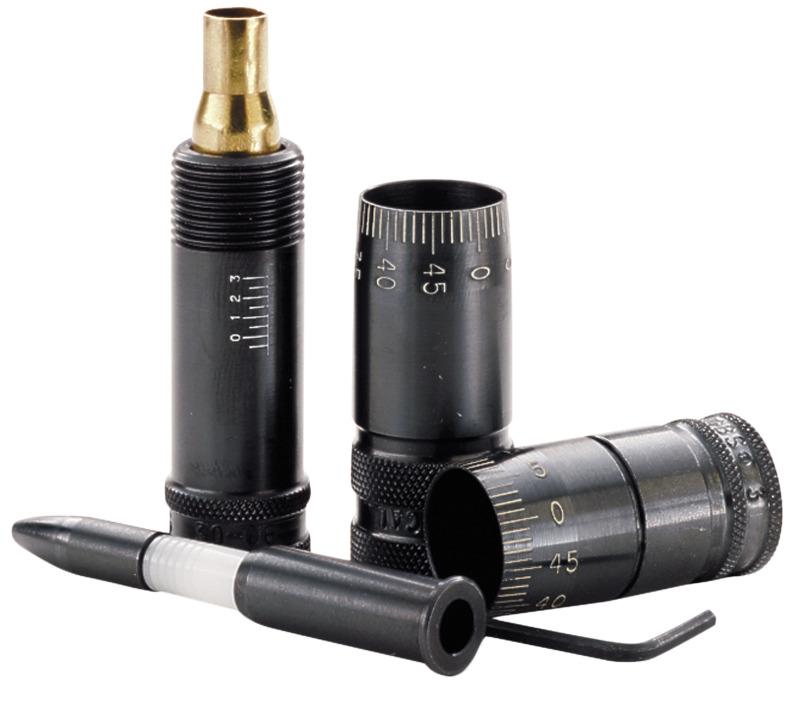As far as going down the rabbit hole, I am not trying to be an F class or PRS competition shooter. I want to make good consistent ammo in the 1/2 MOA range for hunting whitetail, muleys, and elk while also being able to go to the range and shoot 1,000+ yards for fun.
For the money side of it I don't mind spending it on good equipment as long as I will realize a benefit from it.
I enjoy the process of reloading and find it relaxing. I love learning the science behind it all as well.
In my mind the smaller I can get my groups, the more margin for error I have in the field if my shot is slightly off for one reason of the other, especially at any distance.
Every rifle likes something else. I have a 7mm Allen Magnum that I cannot neck size for - pressure signs show up if I do, and that is with everything else being the same. I have found that using a FL sizing die and bumping the shoulder back just enough so the bolt has a slight resistance the last 1/4 of bolt throw on closing with a case in the chamber is the way to go. I anneal every loading for that gun, Lapua brass.
For that gun, here's my reloading process:
Before I start I have to note that I have measured the bearing surface of the bullets and have sorted them into .001" groups. I tried weight sorting but that really didn't do a thing for group size. I'm using either 180g or 195g Berger bullets.
I anneal the brass using a cheap annealer. I use TempiLaq so I can get the time needed in the heat down, then just mentally count the seconds that the case is in the heat.
Check length, really haven't needed to trim much if any. I did chamfer the primer pockets and trim/chamfer the case mouth.
Tumble clean or sonic clean if sooty.
Full length size but barely bump the shoulder, using the bolt closing resistance on the last 1/4 of the bolt throw to set the die. I use Imperial dry lube on the necks, Imperial lube on the body. I will put pressure on the sizing die with the brass, then tighten down the locking ring.
Throw in untreated corn cob media to remove lube.
Seat primer with a Lee hand primer seater.
Use RCBS Chargemaster to throw the powder, leave it on there long enough for it to weigh the powder throw a 2nd time. If it varies more than 0.1, I remove or add a kernel or 3 to make the variance 0.0.
Measure the throat erosion with the Hornady comparitor, I keep the bullet jump the same; if the throat erodes, I change seating depth to make the jump the same.
Seat the bullet in 3 pushes, rotating the case 1/3 rotation for every push. That helps keep the bullet straight in the case. I will put pressure on the sizing die then tighten down the lock ring. I'm using Hornady Custom Grade sizing die, Forster micrometer seating die.
That's it. All my brass is the same lot number, so are the primers, bullets and powder.
Like I said, I tried neck sizing only, didn't work. I got better results with a full length die and a shoulder bump.
Before I started annealing I noticed bullet seating pressure was varying and I found that the cases with the higher bullet seating force had a higher fps.
With my technique for that gun, it's a 1/4 moa gun on a good day, a 1/2 moa gun on a bad day.
Now with the .308, neck sizing only showed better groups. With my .257 Weatherby Mag, neck sizing and FL sizing showed the same group size. I haven't seen the need to turn necks yet. I've run the 7mm Allen out to 1400 yds with great accuracy, the .308 and .257 Wby out to 1K.

